
P K Mohanty

Showing all 10 books


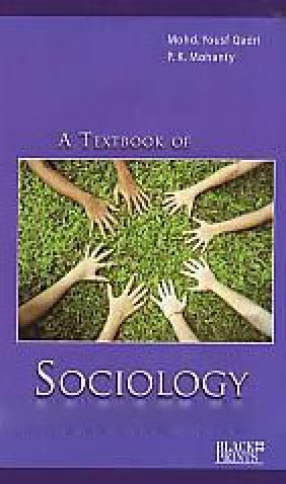
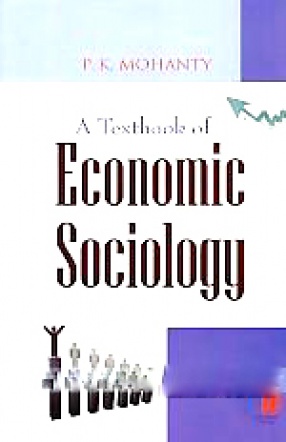
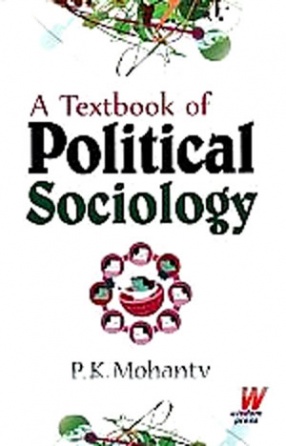


The book covers clear and crisp pedagogy in the field of decision making process, which pervades the activities of every business manager. Modest attempt has been made to discuss some of the commonly used quantitative techniques in a wide spectrum of decision-making situations. It presents the application of various techniques through a large number of examples and review illustrations. A number of problems from various examinations have also been incorporated. ...

The book covers all aspects of Statistics and its application in practical field to cater to the needs of the research scholars and students of Engineering, Medical, Commerce, Economics, BBA and MBA, Biotechnology, Applied Microbiology, Environmental Science and the many, who are required to learn the subject and to apply its techniques and methods in their sphere of work. Real world data, particularly from biology, industry, agriculture and census have been ...



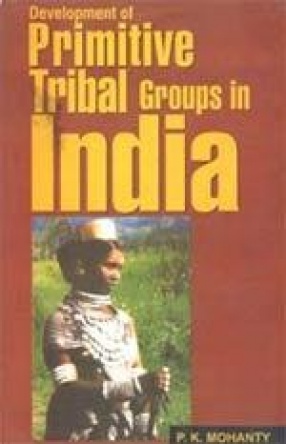
This work is a comprehensive survey of the development of primitive tribal groups in India with main thrust on Lodhas of West Bengal and Orissa, Chenchus of Andhra Pradesh and Totos of West Bengal. Detailed in well-written sixteen chapters with a bibliography, the author has given very minute data regarding several welfare programmes in these regions. Dr. Mohanty’s painstaking work also includes a rare map showing tribal population, literacy rates in India, sex ...
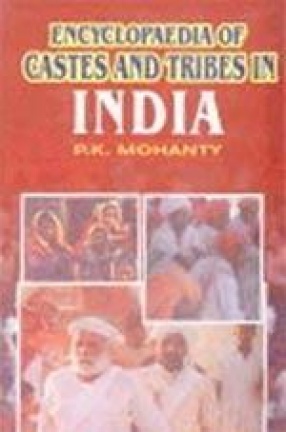
“The centrality of castes and tribes in Indian society and the religious definition of it same a part of the conventional wisdom of comparative sociology, so that social stratification was perceived as being essentially a religious phenomenon, emanating somehow from the very nature of Hinduism. Caste has both a positive and a negative significance for many members of contemporary Indian society. What is difficult is to weigh and measure these different ...
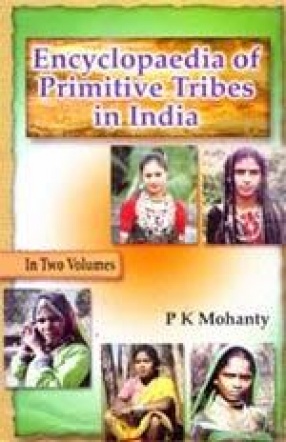
Settled in the far flung areas, mostly in or around the forests, the primitive tribes in various states pass through an arduous life facing acute difficulties for their livelihood. They possess household implements like baskets and small traps and earthen pots for storing water. In respect of dress and ornament, a small-sized piece of cloth is used by the males; and female wear cloth to cover waist, breast and back. Most of them are non-vegetarians. They also use ...

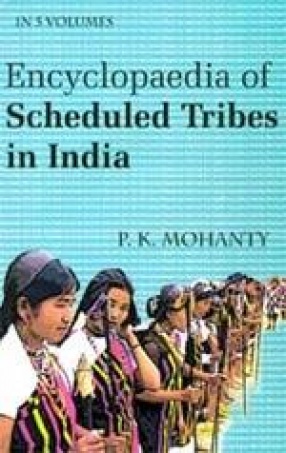
India is one of the countries having a large concentration of tribal population. In this, it ranks second in the world and comes next only to Africa. There are 5.37 different tribal communities spread all over India. According to the 2001 census, tribal peoples constitute roughly 8 per cent of the nation’s total population, i.e., over 84 million people. This encyclopaedic work in five volumes covers almost all related and relevant information about the ...
